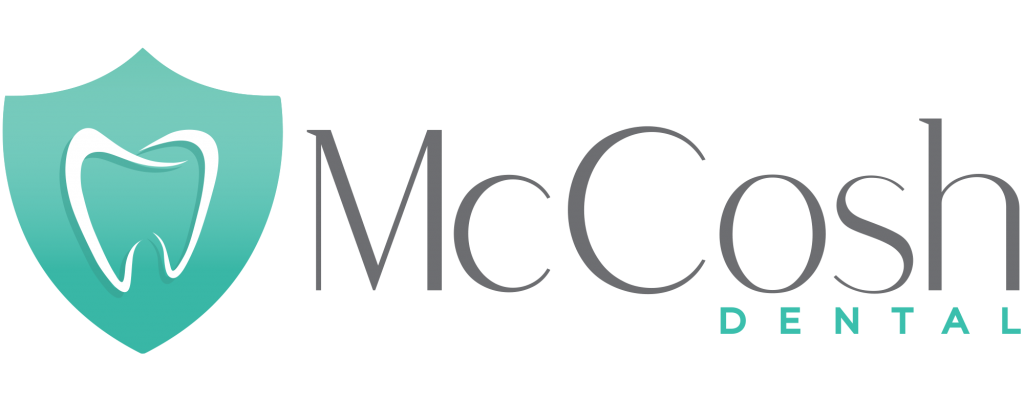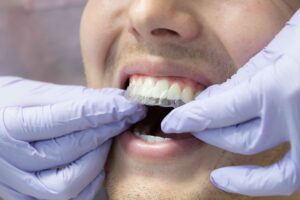If you are missing a single tooth or multiple teeth, there are a number of options you can choose from that can restore your smile and help you chew food better. These options include implants, bridges, and partials. All have their advantages and disadvantages.
The best option for you may depend on your specific dental needs. In some instances, patients can choose between one of many options while in others their circumstances may lead them to only one specific solution.
Implants
The advantage of an implant is that it is a stand-alone solution that is independent of all other teeth. An implant with an abutment — or post — and crown can restore biting power and the natural look of your original teeth
Implants are one of the more costly dental options, however. Plus, they are often a lengthy process because the bone needs to grow around the post before the crown can be installed, which can sometimes take up to four or six months depending on the patient.
Bridges
A bridge can replace one, two, or even three missing teeth. Crowns are placed on the teeth to either side of the gap and a false tooth is welded between them.
A benefit to a bridge is that it tends to more affordable than implants. But the drawback is that the adjacent teeth have to be cut back for crowns. Plus, a bridge sometimes doesn’t provide as much support as an implant, especially if it is used to replace multiple missing teeth.
Partials
A removable partial is another option. It’s a metal framework with a plastic tooth attached. It’s often used when several teeth are missing.
Partials are often a cost-effective solution, especially if there are multiple missing teeth all in a row. But they need to be removed and cleaned after meals. Plus, some people can be bothered by them because it is a foreign object in the mouth, covering part of the palate.
If you have missing teeth, the dental professionals at McCosh Family Dentistry can help guide you to the ideal solution for your specific situation. Call today for an appointment.



